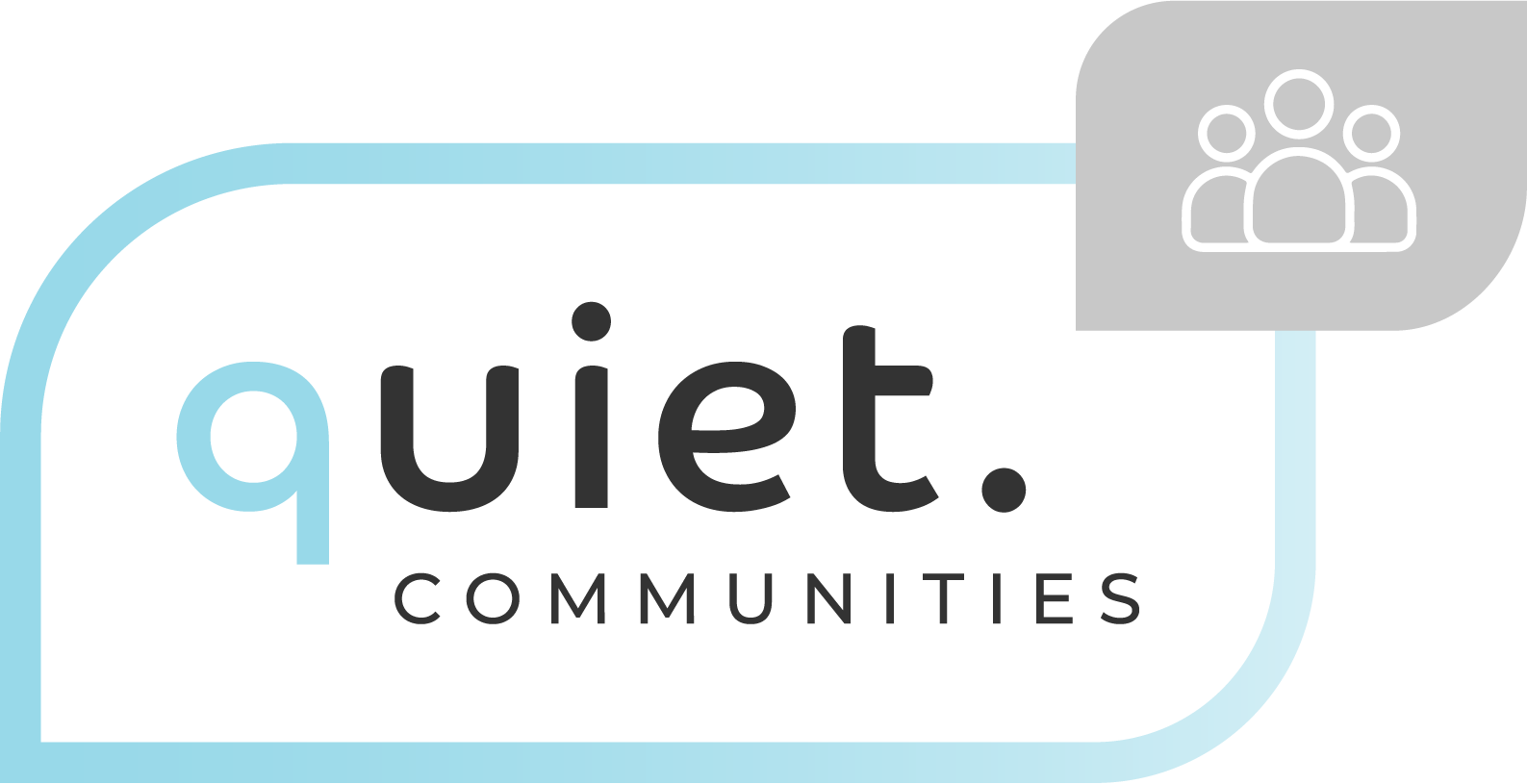Photo credit: Edoardo Tommasini
by Daniel Fink, MD, Chair, The Quiet Coalition
The Science Alert website reported on research suggesting that tapping one’s fingers in a steady rhythm could help one better understand speech in a noisy environment. In the respected scientific publication, Proceedings of the Royal Society B, researchers from France reported that rhythmic tapping of one’s fingers did the trick. The researchers stated: “These findings provide evidence for the functional role of the motor system in processing the temporal dynamics of naturalistic speech.”
Speech-in-noise difficulty, the difficulty many adults in midlife or older experience when trying to follow one conversation among many in a noisy environment, is very common. Some studies suggest the prevalence is low, as low as 10%, but since speech-in-noise testing is not part of routine audiometric screening, other estimates range as high as 20-40%. One of the best articles about this was written by Martin Pienkowski at Salus University in the Philadelphia area. Speech-in-noise difficulty is thought to be due to hidden hearing loss, so-called because the patient has a normal audiogram but complains to the ENT physician or audiologist, “I still can’t understand what people are saying!” Hidden hearing loss is thought to be caused by noise-induced damage to the connections between the basic organ of hearing, the cochlear hair cells, and the auditory nerve.
If I remember, I’ll try tapping my finger next time I’m in a noisy restaurant trying to understand what my wife is saying. Maybe on my knee, so she doesn’t think I’ve gone crazy. But as a noise colleague commented, “Why don’t they just turn down the volume?”
That seems like a better idea to me.
